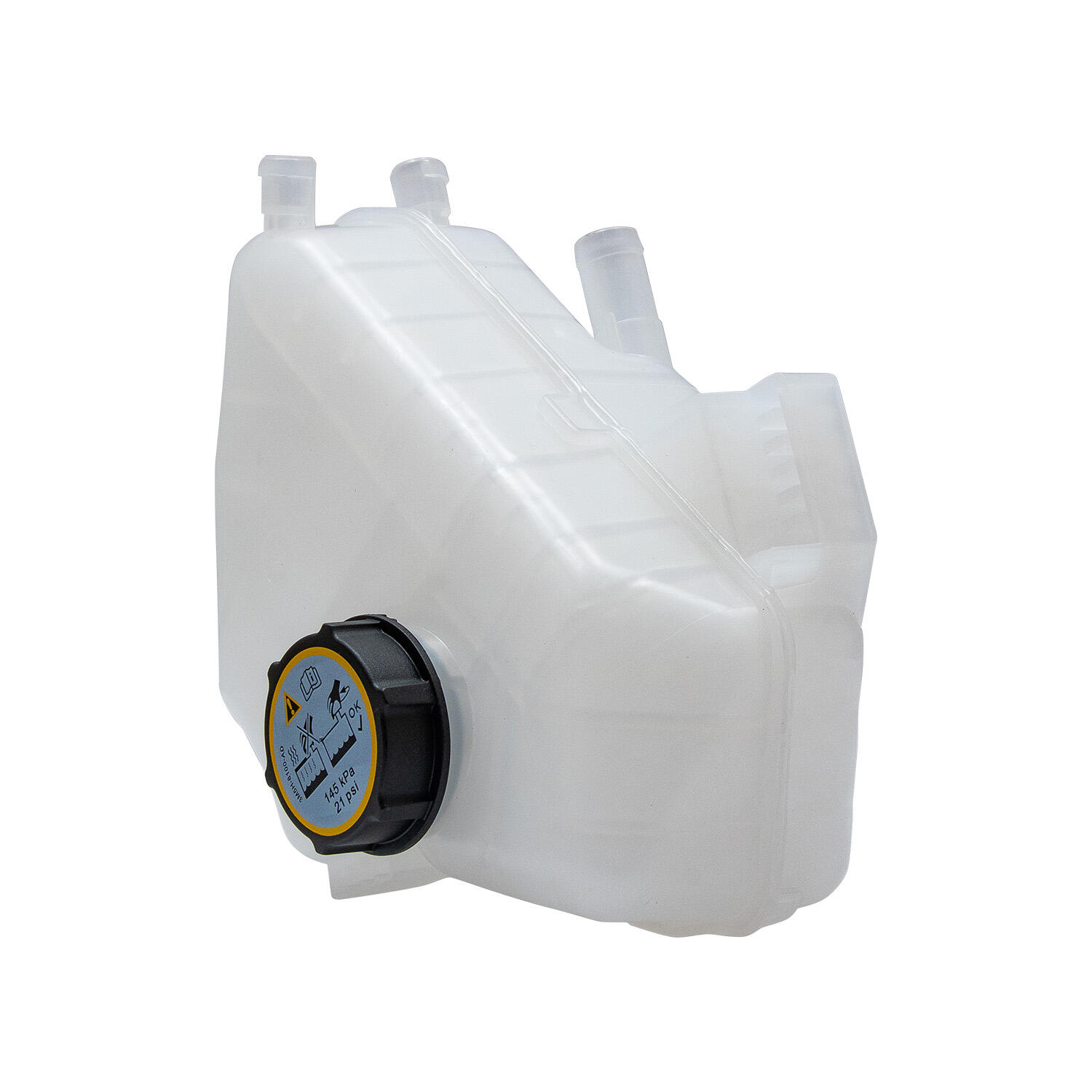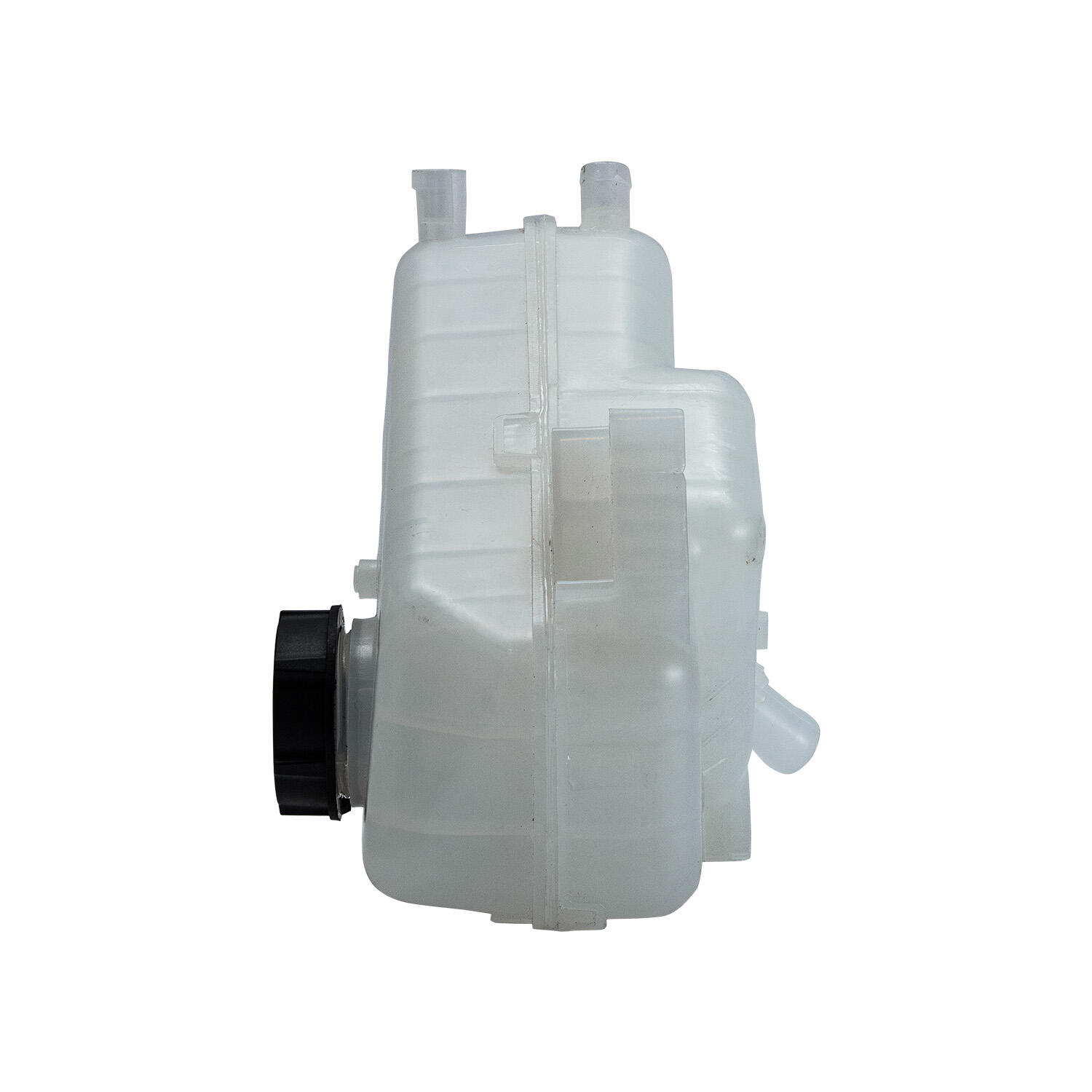tank radiator overflow
A tank radiator overflow system is a crucial component in vehicle cooling systems, designed to manage excess coolant expansion and maintain optimal operating temperatures. This sophisticated system consists of a reservoir tank connected to the main radiator, allowing for the controlled collection and redistribution of coolant as engine temperatures fluctuate. When the engine heats up, expanding coolant flows into the overflow tank, preventing pressure buildup and potential system damage. As the engine cools, the vacuum created draws the stored coolant back into the radiator, ensuring consistent cooling system operation. The tank radiator overflow system incorporates pressure-sensitive caps, level indicators, and specialized tubing to maintain proper coolant levels and system pressure. Modern designs feature advanced materials that resist corrosion and withstand extreme temperature variations, ensuring long-term reliability. The system also includes safety features like pressure relief valves and visual indicators to alert drivers of potential issues. This essential component not only protects the engine from overheating but also extends the life of cooling system components by maintaining optimal operating conditions.


